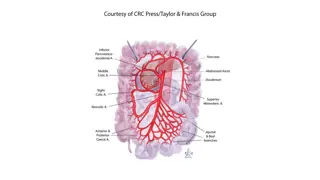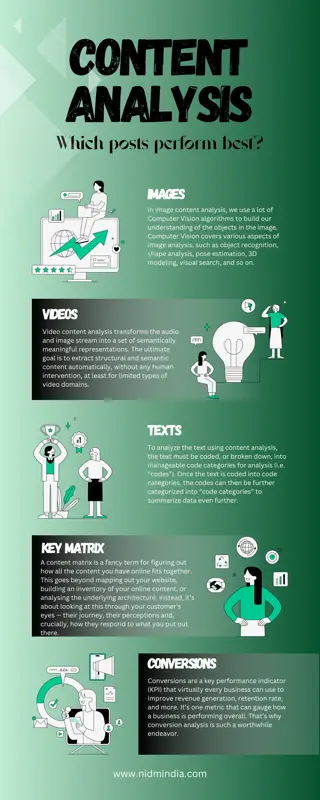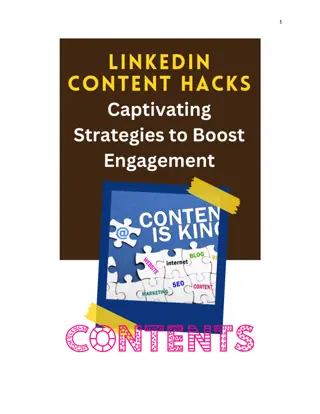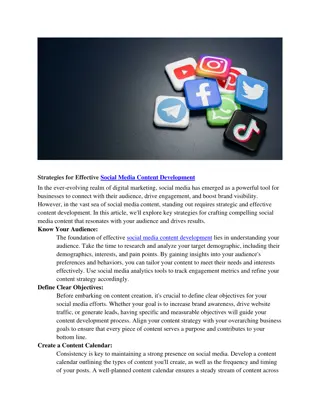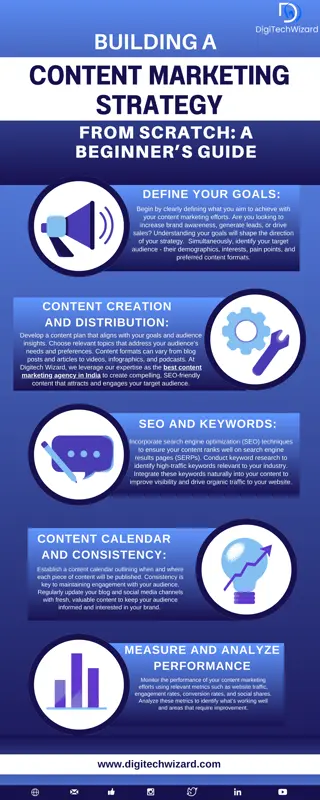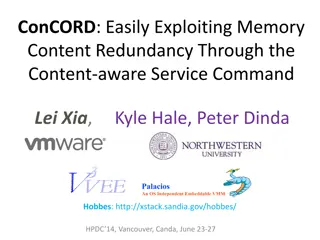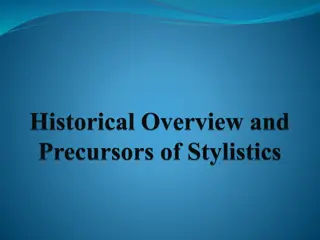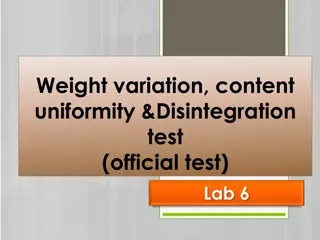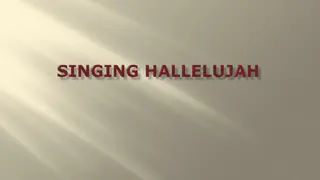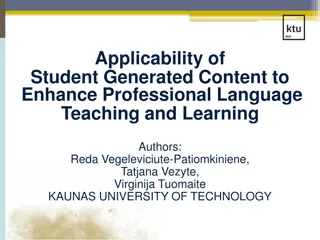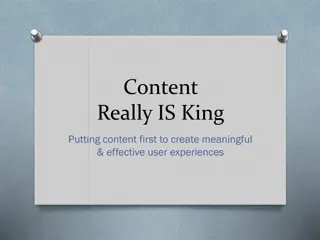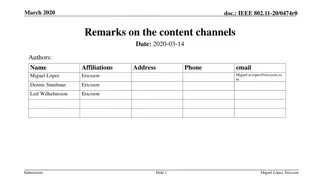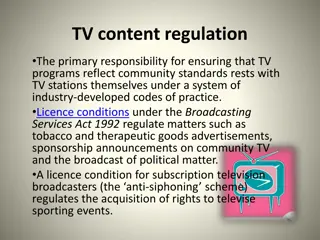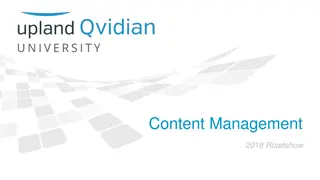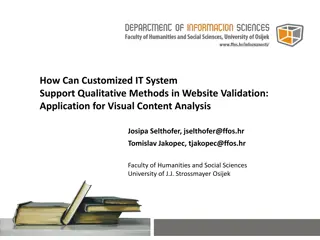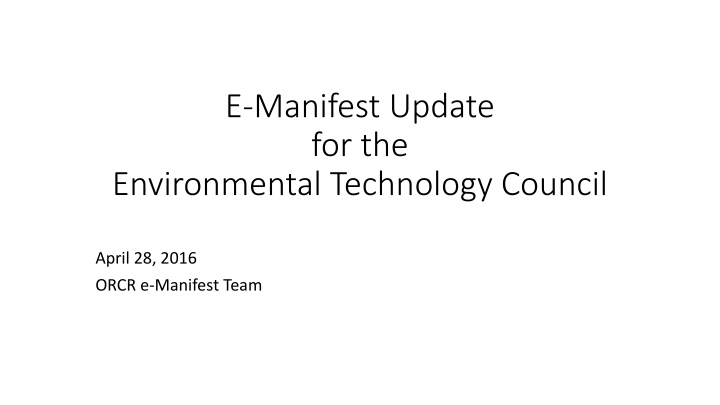
Environmental Technology Council - Fee Rule NPR Update
Stay updated with the latest developments from the Environmental Technology Council regarding the Fee Rule NPR, including fee-setting methodology, fee payment options, and proposed changes for efficient waste management.
Download Presentation

Please find below an Image/Link to download the presentation.
The content on the website is provided AS IS for your information and personal use only. It may not be sold, licensed, or shared on other websites without obtaining consent from the author. If you encounter any issues during the download, it is possible that the publisher has removed the file from their server.
You are allowed to download the files provided on this website for personal or commercial use, subject to the condition that they are used lawfully. All files are the property of their respective owners.
The content on the website is provided AS IS for your information and personal use only. It may not be sold, licensed, or shared on other websites without obtaining consent from the author.
E N D
Presentation Transcript
E-Manifest Update for the Environmental Technology Council April 28, 2016 ORCR e-Manifest Team
Agenda Summarize Fee Rule Progress (Rich), FACA Advisory Board Status (Bryan), System Development Progress (Steve), FY 2018 Budget Formulation Considerations, Next Steps
Fee Rule Status The Proposed Rule Notice (NPR) completed Final Agency Review on December 28, 2015 The final internal development step in the regulatory process NPR was transmitted to OMB on January 28, 2016 Accepted on 1/29/16 for Executive Order and Interagency Reviews Normal 90-day review would extend thru late April We have resolved nearly all issues flagged so far by OMB One exception: FY 2018 Budget issue with early cash flow crunch Next Milestone: Publication in the Federal Register
Fee Rule NPR Refresher NPR to propose fee setting and revision methodology for comment Methodology allocates program costs to about 3.2 million manifests Differential fee based on type of manifest submission: Formula keys on marginal cost of processing each type Electronic cheapest, then XML upload, then image file upload, then mailed paper Fee formula more aggressive if 75% e-manifest use not attained in 4 years Fee schedules would be published at two-year cycles Formula would be re-run with latest cost and manifest use numbers Adjuster for inflation (CPI) between year 1 and year 2 Other adjusters between cycles to recover certain revenue losses Schedules would be published to web site, not by notice-and-comment rules Users and transactions subject to fees: Final manifests submitted by TSDFs to be primary billable event Fees not charged to public or other data consumers incidental benefits Other fee events: (1) Sorting stray documents, and (2) correcting prior submissions
Fee Rule NPR Refresher Electronic Fee Payments and Collections: Monthly invoicing of accounts receivable, pay e-bills on line at Pay.gov, or Advanced, fixed payment option with automatic debit to Pay.gov Proposed Three Types of Fee Payment Sanctions: Financial, publicity, and civil enforcement Comments requested on denial of services? Restrictions on waste receipts? Three non-fee related proposals: Changes to transporter routing during transportation (for efficiency), TSDF s and process for electronic submission of data corrections w/ 90 days Allow some mixed manifests to facilitate ease of use for generators Request comment on restricting paper submissions to digital means
System Advisory Board Update The eight members of the first e-Manifest Advisory Board have been selected, which includes Tom Baker (Veolia), Cynthia Walczak (MPS Group), and Justin Wilson (Wal-Mart Stores Inc.), as the industry reps on the nine member board. The Advisory Board will make recommendations on system performance and users fees, provide advice on regulations and guidance, evaluate system effectiveness and explore options to encourage system usage. EPA anticipates holding the first Advisory Board meeting during 2016.
System Development Update Using lean start-up product development strategies with agile, user-centered software design/development methodologies i.e. Modular development practices building individual working pieces of the system and integrating it into the whole Address uncertainties from architecture planning work, and engage early with users and stakeholders. Bring down the cost of current and future development by addressing risk upfront and insuring that the work being completed brings actual value to stakeholders and users. Continuous improvement, using iterative processes, and regular engagement with users and stakeholders throughout the life of the program. User-centered design/development is underway. Small scale demonstration phase. Open source code and project progress engages industry/state users in the early phases of development, and creation of development platform and hosting environment. Will expand to all/every user type over time (e.g. states with no systems, large and small generators etc. etc.) 7
System Development Update Major Milestones of our most recent release TSDF receiving staff can upload test manifest data as received and electronically sign it using a CROMERR electronic signature (Password and second factor or digitized handwritten stylus/pen signature). TSDF users will be able to electronically update previously submitted manifest records. TSDF users will be able to upload a scan of a manifest for data entry. Provides initial data access and reporting tools to the user community. Electronic and Paper Manifests for a site will be accessible to authorized users. Next Steps Improve future BR (biennial reporting) integration. Continue to expand/iterate e-Manifest based on feedback from user community 8
Fiscal Year 2018 Budget Considerations FY 18 will be pivotal year for e-Manifest: Final system development and preparation activities will occur Will transition to system operations by 4th Quarter Will begin to implement fee collections Operating budget will be much higher than increments Congress has previously funded for system development In FY 18, EPA will need spending authority for 4th Quarter O&M We will also need funds for final system development efforts When operations start, could there be a cash flow crunch? How long will it take for fee revenues to stabilize?
Next Steps Expect Fee Rule NPR issuance in late May to mid-June timeframe 60-Day comment period w/comments to regulations.gov Could be some new commenting tools available as well from 18F pilot Fee methodology, policy issues, and RIA estimates will be open for comment RIA projects annualized cost savings of about $34 million Cost savings increase through Year 6 and level out at about $100 million E-Manifest Team will hold public webinar on June 30, 2016 Check website for details on how, when to participate System Advisory Board will hold 1st meeting later this year Agile system development will expand beyond TSDF transaction to others Work on Final Fee Rule resumes in the fall 10




